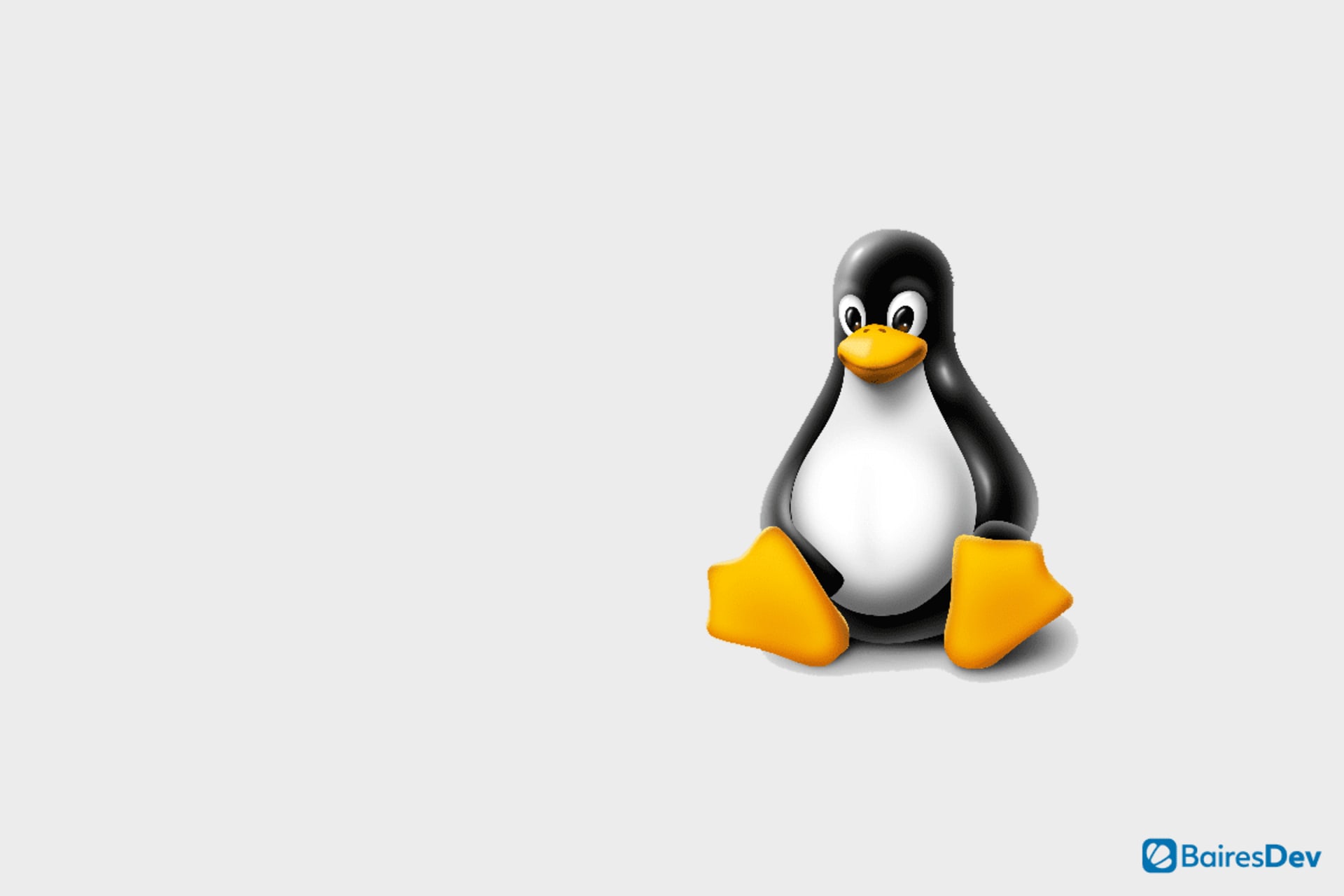At one point, it was pretty easy for businesses to brush aside claims they needed Linux. Sure, developers might have adopted it as their operating system of choice, but most often that was simply so they could have a platform that was secure and reliable.
Years ago, Windows was the only logical choice for developers. After all, it was the operating system most people and businesses used. But in these modern times, a very different picture is being painted. At the moment, the Windows market share in the developer world has shrunk dramatically. At the moment, the market share among developers looks like this:
- Windows – 61%
- Linux – 47%
- macOS – 44%
But that doesn’t even paint a true-to-life picture as to why your developers need to know Linux. It’s not so much about using the open-source platform as a means to an individual end as it is a means to a business end.
What we’re talking about is the bigger picture, which transcends individual usage. Sure, your developers might write code in Windows, macOS, or even ChromeOS, but without an understanding of Linux, they’re not going to get very far in the modern developer world.
Let’s break this down.
It Starts With Containers
This discussion must start with containers. Why? Because enterprise business is in a mad rush to containerize everything. There’s a good reason for that: Containers make every business more agile, more sustainable, and more scalable. They’re not only a very flexible tool, but they are also very cost-effective. In fact, you can’t reach these levels of agility and scalability with monolithic deployments.
And guess what? Your developers will struggle mightily with containers if they don’t understand Linux. You see, all containers start with a base image and most of those base images are built around lightweight, minimal, Linux environments.
That means your developers are going to have to understand how the Linux filesystem hierarchy is structured. They’ll also have to have a solid understanding of the Linux command-line interface, otherwise, they won’t get much work done with these base images.
It Then Moves to Kubernetes
Once your business grows beyond the need for single-container deployments, you’ll find you need to work with a container orchestrator. The most widely popular orchestrator is Kubernetes. With Kubernetes, you can control and manage massive container deployments, but also automate them. And just like containers, without a solid understanding of Linux, Kubernetes is going to be a nightmare.
You see, Kubernetes is installed and used on Linux. And although you can install it on macOS and Windows, it’s not nearly as easy to use on those platforms. So, if your business wants to seriously ramp up container deployment, Kubernetes will be a part of your future.
Next Comes the Cloud
Linux rules the cloud. According to Red Hat, 54% of all cloud-based applications are running on a Linux virtual machine. Currently, Ubuntu Linux is the most widely deployed OS in the cloud (at 31.9%). Windows comes in 6th with only 2.04% of the deployments. That’s significant.
And with Linux gobbling up that much market share in the cloud, if your company plans on making use of public, private, or hybrid clouds, those developers better know their way around the open-source operating system.
What About the Data Center?
Linux is there, too, in your company’s on-premises data center. Linux has become one of the most widely-used operating systems for servers. Part of the reason for that is because it’s so flexible.
Another reason is that it can be had for free. Any company looking to bolster their bottom line would be remiss in not considering Linux as an OS for their data center. And given so many of the different development stacks are built on Linux, it’s an absolute no-brainer to deploy Linux in the data center.
Programming Languages Abound
Almost every popular programming language runs on Linux. Some of those languages were even built on Linux and come pre-installed. Because of this, those languages run at native speeds on the platform. Languages like Python, PHP, Java, and JavaScript all perform very well on Linux. Along with those languages, you’ll find most of the popular frameworks also work very well on Linux.
It’s Good For Overall Knowledge
One of the factors that come with learning Linux is that you wind up with greater overall knowledge and understanding of how operating systems work. With Linux, you can get your fingers deep into the heart of the system. Because the source code for the kernel (and most of the other layers of the OS) is available to download, your developers can really get an incredible foundational knowledge of the system.
Linux is the Future
Cloud, containers, virtual machines, IoT, and edge computing are all built on or depend upon Linux. That means the future is all about Linux. If your company plans on expanding its offerings into new realms of technology, Linux is going to have to be at the heart of that effort. So as you begin the process of hiring new software engineers, it would behoove you to focus on hiring developers who have a solid understanding of the Linux operating system.
Conclusion
Linux might not be on the desktop of everyone in your company, but it certainly is (or will be) running the backbone of your delivery pipelines and cloud offerings. Don’t ignore the open-source operating system, as to do so would be to deny your company a future where it can compete both at scale and within budget.






